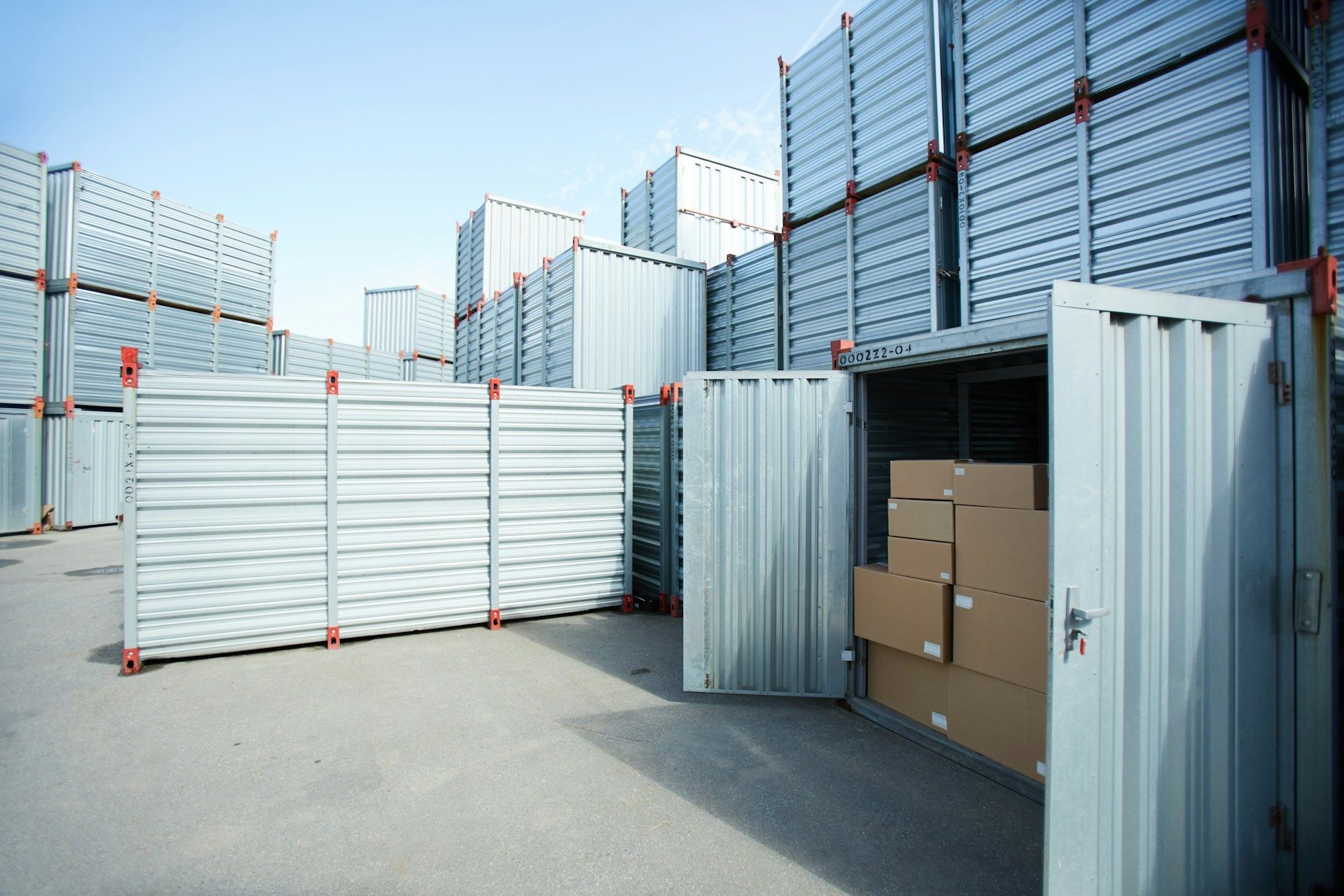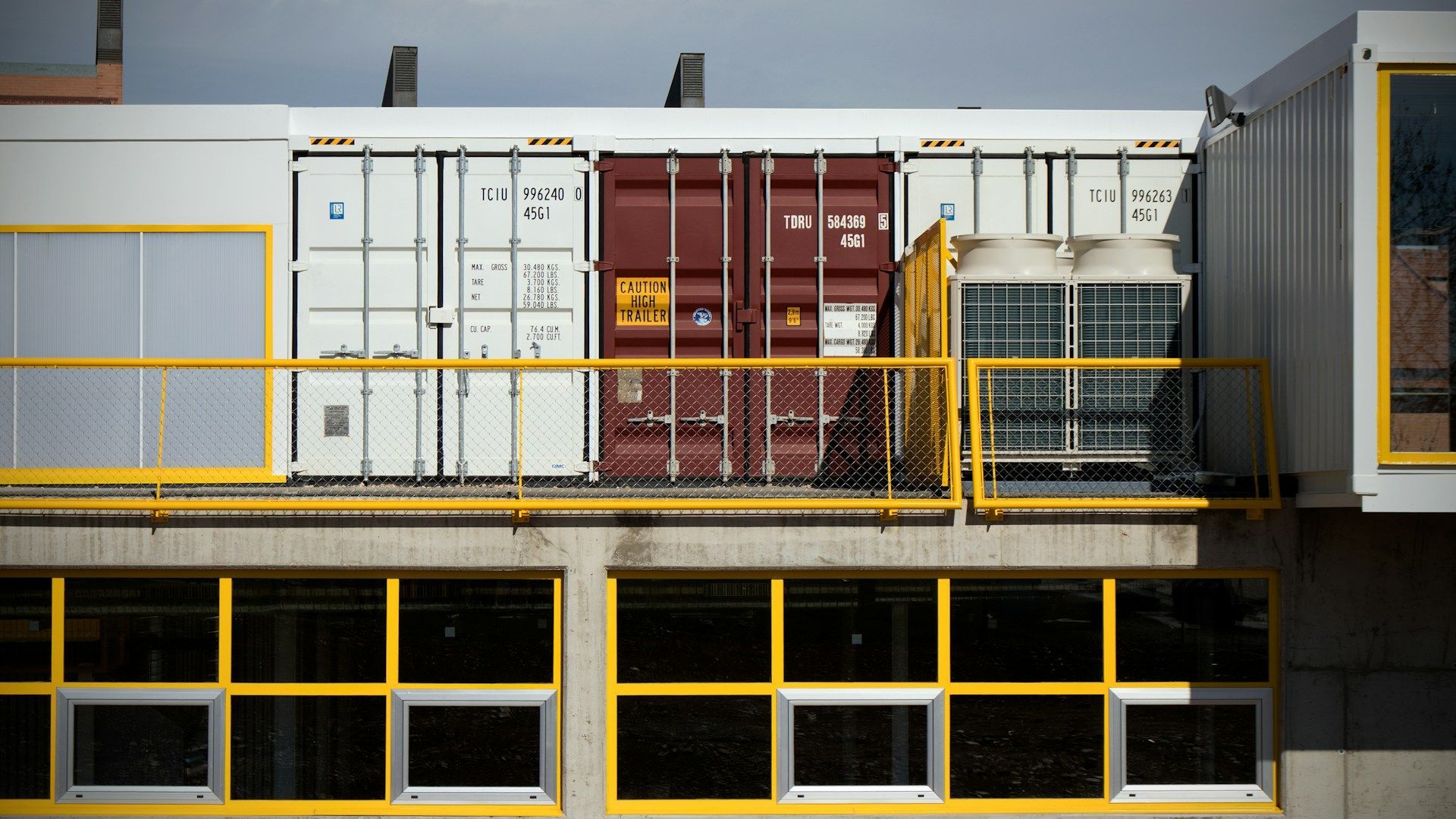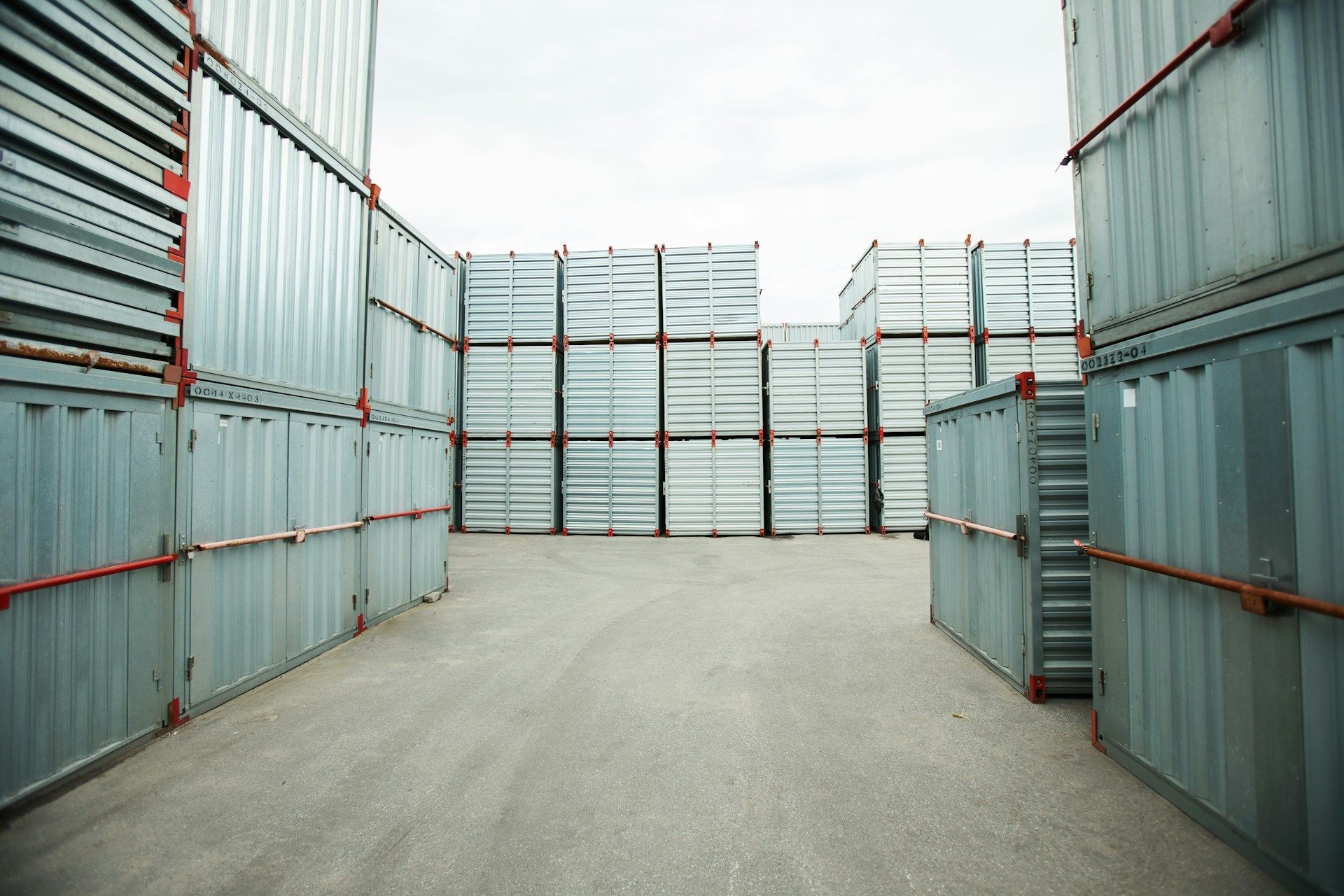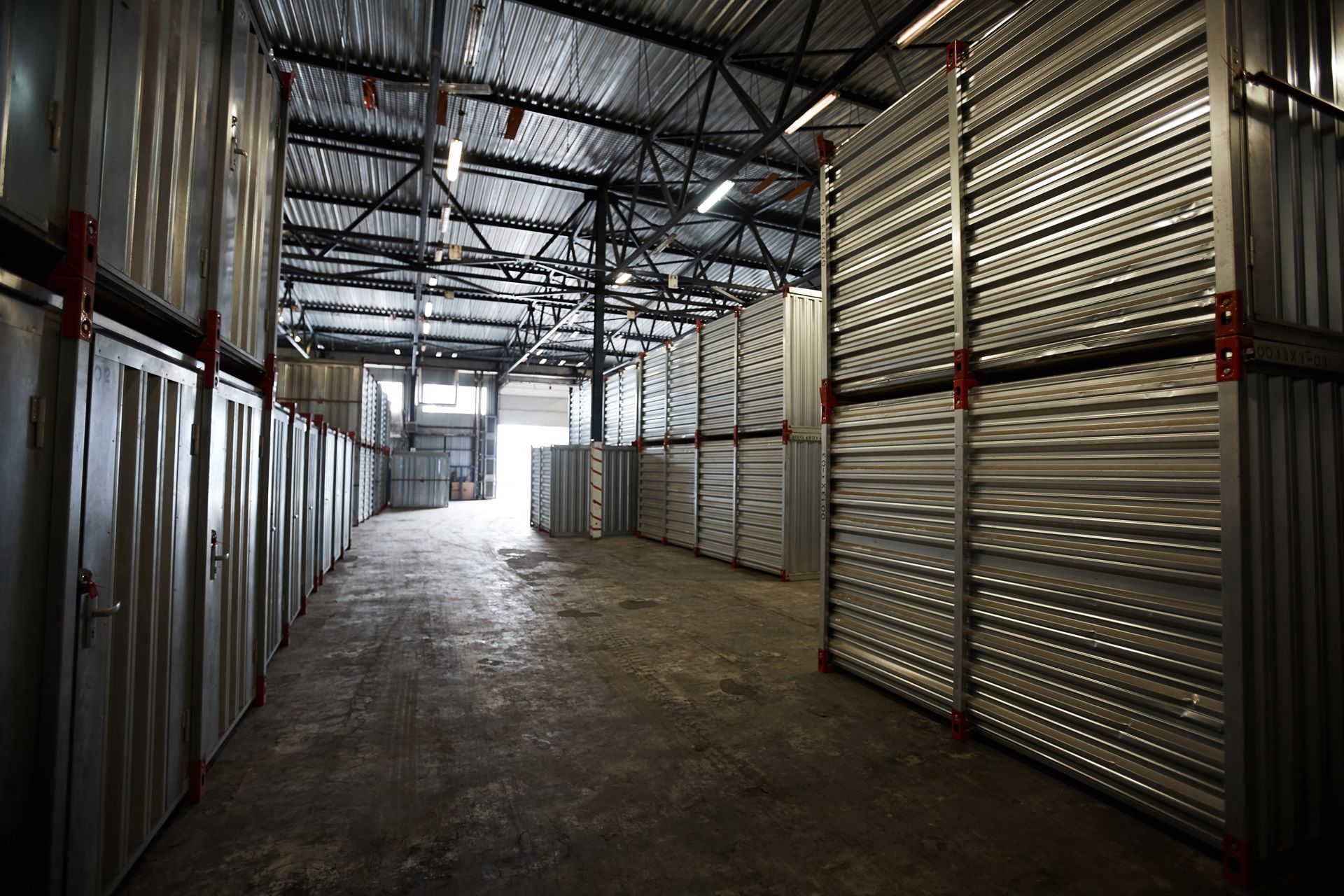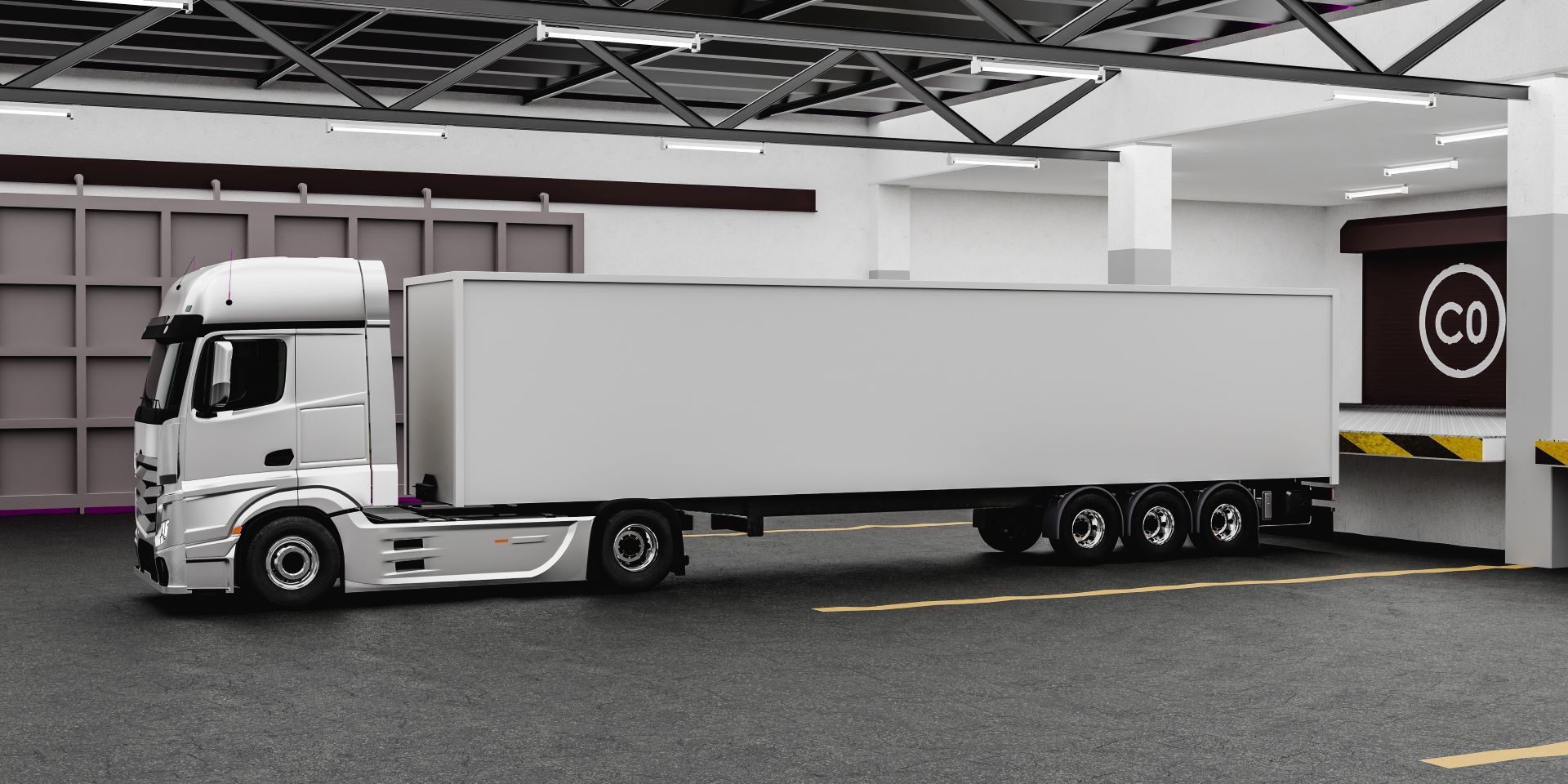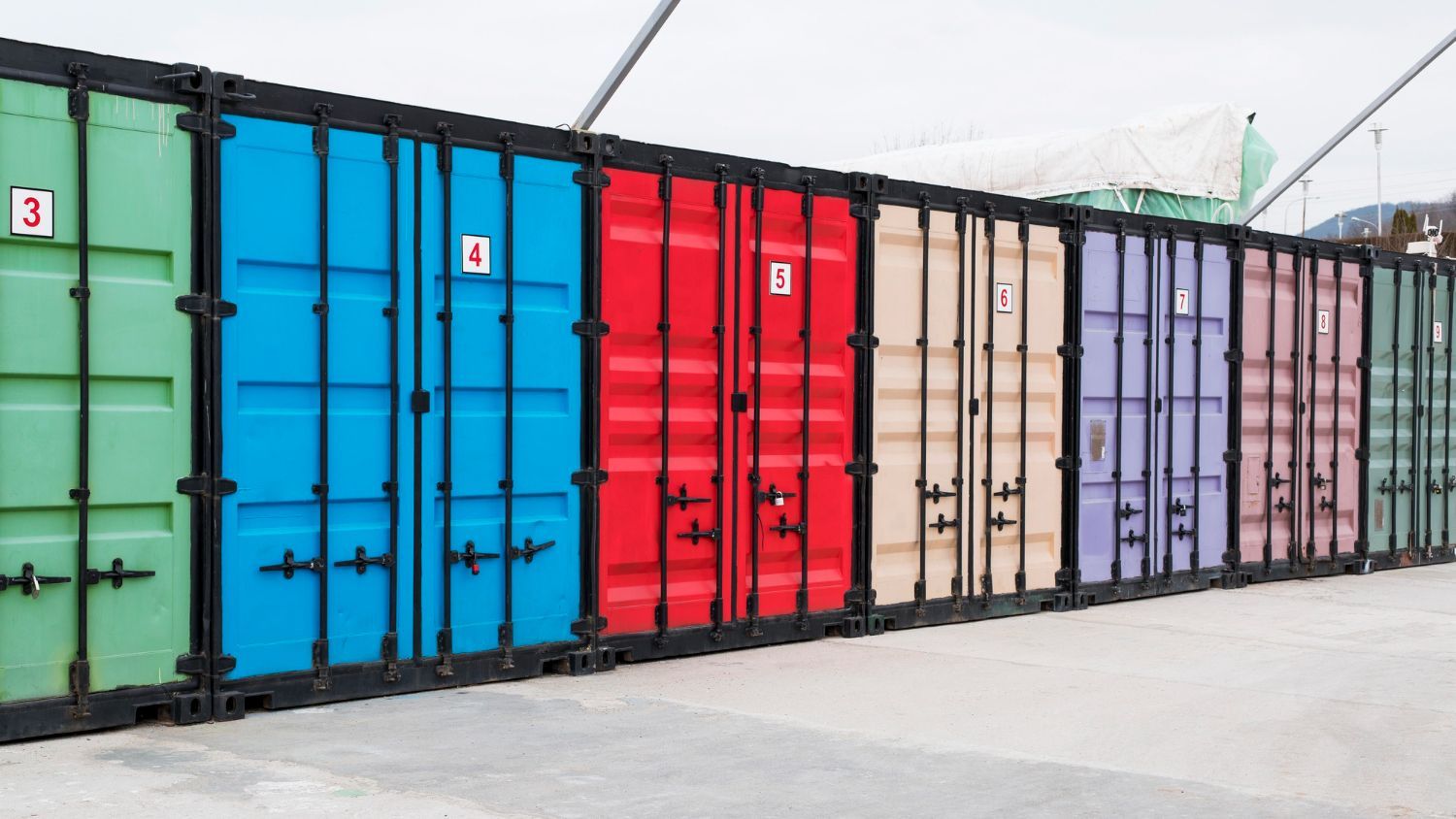OUR BLOG
What to Know: The Ultimate Guide to Shipping Container Sheds
Benefits of Shipping Container Sheds
Shipping container sheds are becoming increasingly popular for various uses, including storage and workshops. Converting a shipping container into a shed is a sustainable and cost-effective alternative to traditional sheds, offering unique advantages such as durability, security, and ease of relocation.
In this article, we'll explore everything you need to know about shipping container sheds, from the benefits and drawbacks to the steps involved in the conversion process.
1. Durability:
Shipping containers are designed to withstand harsh weather conditions and transport heavy loads across the ocean.
As a result, they are built with high-quality materials like Corten steel, which is resistant to corrosion and rust. This makes them an ideal choice for a shed that can withstand the test of time.
2. Security:
Shipping containers are designed to keep their contents safe during transport, making them inherently secure.
Compared to traditional sheds, their sturdy construction and lockable doors provide additional protection against theft and vandalism.
3. Customization:
Shipping container sheds can be easily customized to suit your specific needs. You can choose the size, layout, and design elements to create a shed that works for your intended use.
4. Ease of Relocation:
If you need to move your shed to a new location, a shipping container shed can be easily transported using a truck or crane. This can save both time and money compared to relocating a traditional shed.
5. Eco-Friendly:
Repurposing a used shipping container into a shed is a sustainable choice that helps reduce waste and minimize the environmental impact of new construction materials.
Steps to Convert a Shipping Container into a Shed
1. Choose the Right Container:
Begin by selecting a shipping container that meets your size and budget requirements. Inspecting the container for any damage, such as rust or dents, before purchasing is essential.
2. Prepare the Site:
Determine the location for your shed and prepare the site by leveling the ground, removing any debris, and laying a solid foundation. A concrete slab or gravel base is recommended for supporting the weight of the container.
3. Plan the Layout:
Design your shipping container shed layout based on your intended use. Consider the placement of doors, windows, interior walls, and utilities such as electricity and plumbing.
4. Make Modifications:
Begin the conversion process by cutting openings for doors, windows, and any other necessary modifications. Be sure to properly seal and reinforce these openings to maintain the container's structural integrity.
5. Insulate and Ventilate:
Add insulation and ventilation to your shipping container shed to regulate temperature and prevent condensation. Spray foam insulation is popular for insulating containers, while vents and fans can help improve airflow.
6. Install Utilities:
If necessary, install any required utilities, such as electrical wiring, plumbing, or HVAC systems.
7. Finish the Interior:
Customize the interior of your shipping container shed with your desired finishes, such as flooring, wall coverings, and lighting.
8. Exterior Options:
Depending on your preference, you can leave the exterior of your shipping container shed as-is, paint it, or clad it with other materials to match the surrounding environment.
Conclusion
Shipping container sheds offer a durable, secure, and customizable alternative to traditional sheds. By carefully planning your project and considering the benefits and drawbacks, you can create a functional and stylish shed that meets your needs and stands the test of time.
Whether you're looking for a storage solution or a workshop, a shipping container shed could be the perfect choice.
Atlantic Trailer Leasing and Sales is your storage trailer and container rental headquarters in Atlanta, GA. If you’re interested in
buying a trailer container, you’re in the right place. Contact our experts today for quick delivery.
